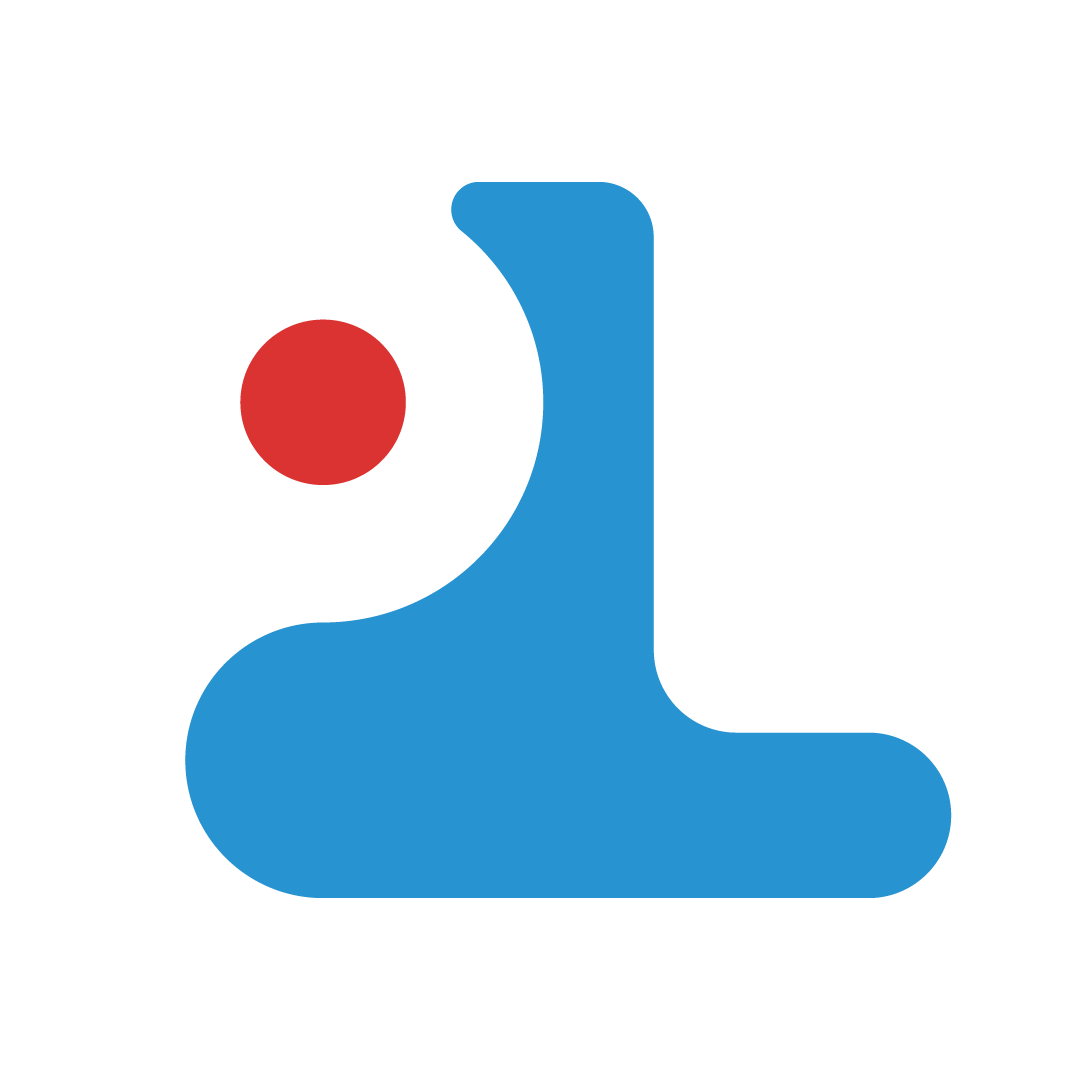Reflections from my first few years in the field
When I started working professionally as a designer, I thought I had a pretty solid idea of how the job worked: make great designs, get them approved, move on to the next thing. Simple, right?
Not exactly.
In reality, the last few years have taught me a lot — not just about tools or layouts, but about how to think like a designer inside real teams, timelines, and constraints. Here are a few lessons that have stuck with me so far:
Lesson 1: The Best Design Doesn’t Always Win
When I was starting out, I believed good design would speak for itself — that the most visually polished, creative, or clever solution would always rise to the top. It didn’t take long to realize that’s not how it works in the real world.
Sometimes, the “best” design on paper can’t be built with the assets you actually have. Or maybe it doesn’t align with the constraints of your CMS, your dev team’s timeline, or the existing component library. Sometimes, it’s just not what the decision-maker wants — and if you can’t clearly explain the why behind your choices, the design often gets watered down or reworked.
I also learned that success isn’t just about how something looks — it’s about how it performs. If your design doesn’t support conversions, clarity, or a user’s actual goal, it’s not doing its job. And sometimes, the version that performs best isn’t the one that looks the coolest — and that’s okay.
Lesson 2: Not Every Design Decision Needs a TED Talk
Early on, I had a habit of over-explaining every little choice I made — from why a button was placed where it was to the exact pixel spacing between elements. I thought I had to justify every detail to prove I’d thought it through.
But I’ve learned that when you’re working with marketers, developers, or stakeholders, less is often more. These people have design instincts too. If something doesn’t feel right to them, that’s not a lack of taste — it’s a signal worth paying attention to.
Sometimes, their feedback reflects how an actual user might react: with fresh eyes and zero context. As designers, we can get too close to our work. Feedback from people outside the design bubble often reveals things we’re too zoomed in to notice.
You don’t need to defend every pixel. Sometimes, the smartest move is just to listen.
Lesson 3: Get Organized Before You Need To Be
One thing I wish I’d learned sooner? File discipline.
When I first started out, I’d dump everything into a single project folder — mockups, exports, screenshots, inspiration, notes — all living side-by-side in digital chaos. It worked for a while… until it didn’t. As projects stacked up, I lost time hunting for final files, sending the wrong versions, or just forgetting what was what.
These days, I use a more structured system that’s saved me (and my team) a lot of headaches. I keep folders like Approved, For Review, and z_Working (shoutout to an old mentor for that naming trick — it always stays at the bottom). Inside the working folder, I organize by design files, assets, and any other relevant materials.
You don’t need to copy my system exactly — just build one that works for you and stick with it. Getting organized early is one of those habits that pays off over and over again.
I’ve still got a lot to learn, but these lessons have reshaped how I think about design — not just as a craft, but as a job that happens in the real world, with real constraints, real people, and real users. And honestly? That’s made me a better designer.


